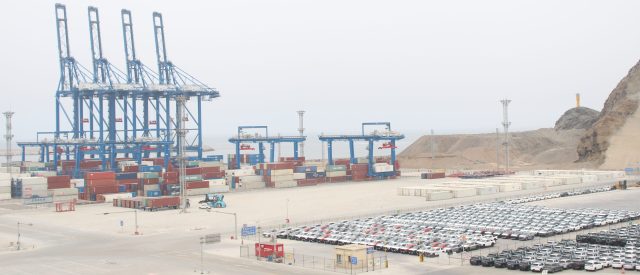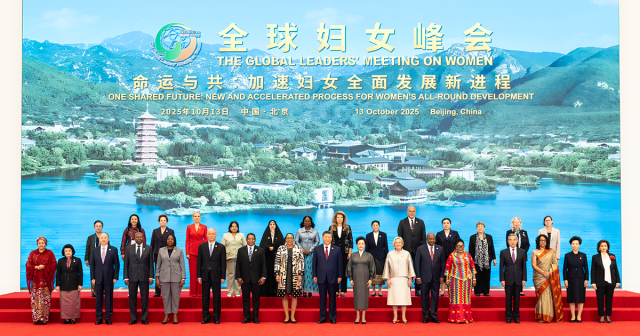United States and China Reach a Partial Truce: Commercial Respite or Tactical Pause?
26 August, 2025

After months of tariff escalation and geopolitical tensions, the governments of the United States and China resumed trade dialogue with a round of negotiations that began in London on June 9. The meeting, led by senior officials from both powers, came just two months after the so-called “Liberation Day” in the U.S., when the administration of Donald Trump imposed tariffs on nearly every country in the world, intensifying its dispute with Beijing.
The negotiations sought to reopen channels of understanding between the world’s two largest economies, which had been practically in a scenario of mutual trade embargo. While Chinese products faced tariffs of 145% in U.S. territory, China imposed rates of 125% on imports from the United States, in addition to applying a strategic restriction on the export of rare earths.
The agreement reached provides for the withdrawal of the U.S. threat to revoke visas for Chinese students, and the provisional lifting by China of its restriction on rare earths. Nevertheless, our researcher Antonio José Pagán warns that this understanding is far from representing a paradigm shift.
“The agreement represents an improvement compared to the immediately preceding moment, but it does not imply a step toward a world more firmly based on economic cooperation,” said Pagán.
According to his analysis, it is in some respects a return to the situation prior to “Liberation Day,” although general tariffs have increased by ten percentage points for each of the two countries: they now stand at 55% for Chinese products in the U.S. and 10% for U.S. products in China. In addition, China’s commitment on rare earths will be reassessed every six months, keeping uncertainty about the continuity of the truce.
As for the sustainability of the agreement, Pagán considers that the experience with Donald Trump in previous trade negotiations—including those with Mexico, Canada, and China itself—shows that even after signing agreements, new tariff threats can arise at any time. Likewise, China’s willingness to use its advantages in rare earths as a political tool suggests that tensions could be reignited.
“It is by no means out of the question that there will be new turbulence in Sino-American trade relations,” he concluded.
There is therefore the possibility that the agreement represents more of a tactical pause—a temporary respite that allows both powers to lower the temperature of the conflict without resolving the underlying issues that fuel it.

